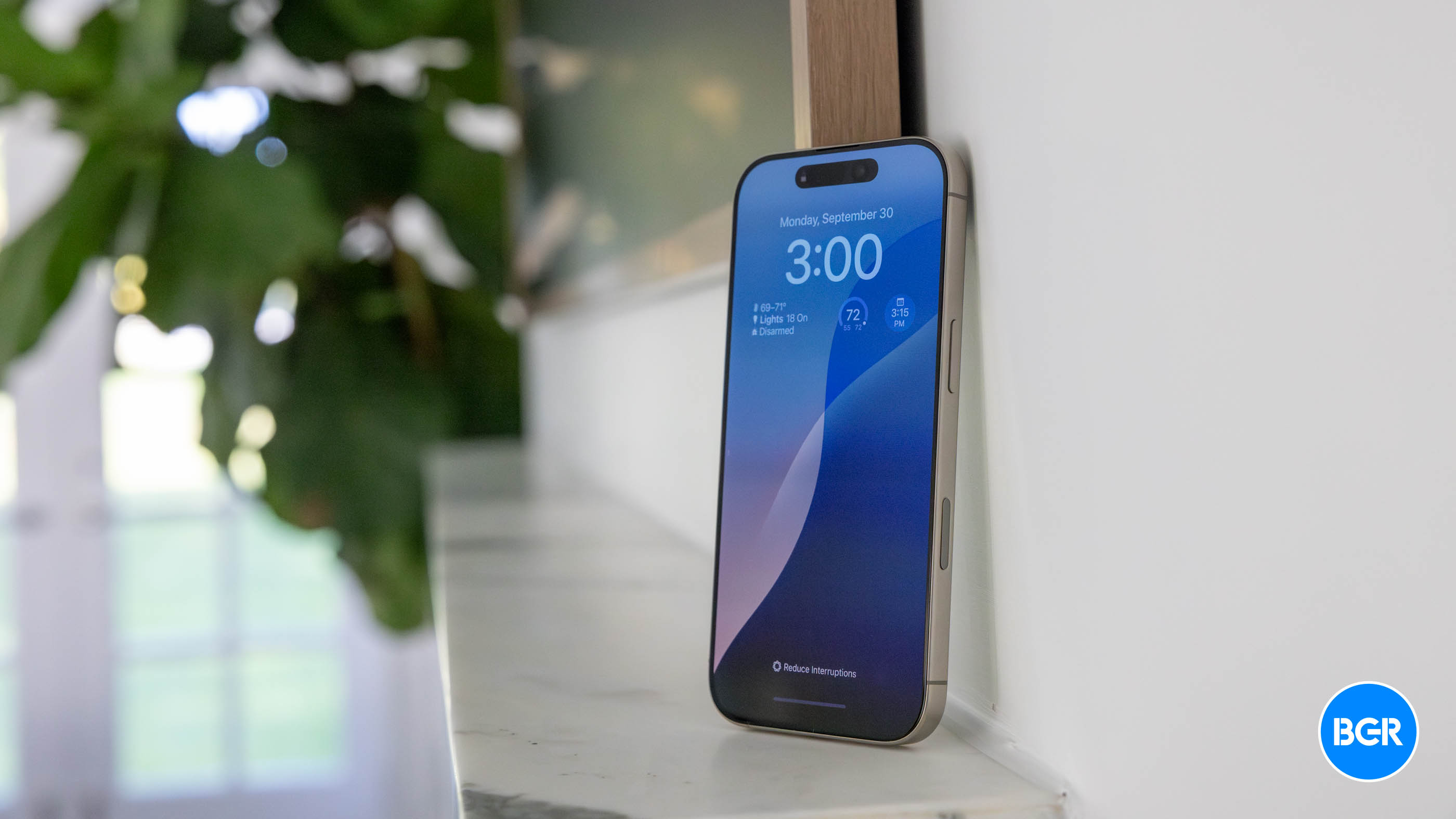The nature of my job made me look at battery life and charging speeds for years, but I would have done it as a consumer anyway. I’m a longtime iPhone user, and battery life is very important to me. I suffer from the same battery anxiety as most smartphone buyers, though I’m trying to manage it.
Apple significantly improved battery life with the iPhone 16 series, and I’ve enjoyed using the iPhone 16 Plus and 16 Pro Max for several months at a time. Battery life and charging speeds haven’t been a concern.
Then again, battery life was already great on older, larger iPhone models, so I expected the iPhone 16 Plus and 16 Pro Max to deliver. The battery upgrades Apple brought to the smaller iPhone 16 variants, including the iPhone 16e, gave me hope that the iPhone 17 Air won’t trigger my battery anxiety.
I’m already excited about the ultra-slim iPhone 17 Air, even though I know there will be trade-offs. Battery life is one of them. A thin handset means a thinner battery, so I might have to charge the iPhone 17 Air more often.
Tech. Entertainment. Science. Your inbox.
Sign up for the most interesting tech & entertainment news out there.
By signing up, I agree to the Terms of Use and have reviewed the Privacy Notice.
But what if Apple gave the iPhone 17 a huge upgrade in wireless charging speeds? What if those speeds went up to 50W?
According to 91 mobiles, Apple filed documentation with Taiwan’s NCC regulator that shows it plans to include the new Qi 2.2 standard in future MagSafe chargers. The blog obtained two model numbers, A3503 and A3502, which could correspond to upcoming puck-shaped MagSafe chargers Apple will release soon.
The chargers in Apple’s images look just like regular MagSafe chargers. The key upgrade here is support for Qi 2.2. This new wireless charging standard could let Apple increase speeds up to 50W.
The images 91mobiles found show the wireless chargers Apple submitted to the NCC support up to 45W speeds when used with a compatible power adapter.
Besides faster speeds, Qi 2.2 also offers better efficiency and improved magnetic alignment.
These chargers would work with any iPhone that has MagSafe connectors on the back, but top charging speeds might only be available on some models. I’d guess the iPhone 17 series will support those speeds from launch.
If that happens, the iPhone 17 Air could charge wirelessly almost as fast as Android rivals.
 iPhone 16 Pro Max vs. iPhone 16 Pro vs. iPhone 16e: Battery life comparison. Image source: Apple Inc.
iPhone 16 Pro Max vs. iPhone 16 Pro vs. iPhone 16e: Battery life comparison. Image source: Apple Inc.As a longtime iPhone user, I’ve learned not to envy too much of what Android vendors have done in recent years. We’ve seen plenty of Chinese companies launch premium phones with much faster charging speeds than the iPhone. Apple never matched those speeds, but it didn’t need to as long as some iPhones offered solid battery life.
Apple has increased battery charging speeds recently, and the iPhone 16 series stands out with much faster wireless charging. All iPhone 16 models support 25W MagSafe charging, except the iPhone 16e, which lacks magnets on the back.
That’s faster than the 20W wired charging speeds Apple lists for its iPhones. In practice, those speeds can exceed 25W with the right charger.
Apple says 25W MagSafe charging can recharge 50% of an iPhone 16 battery in 30 minutes. USB-C charging offers the same 50% charge in that time frame.
I don’t expect Apple to raise wireless charging speeds all the way to 50W. But anything beyond 25W would make the iPhone 17 Air charge impressively fast, and that’s good enough for me. I’ll gladly accept faster charging on a super-thin phone, even if it means using an external MagSafe battery pack or charging more than once a day.
Along those lines, if the iPhone 17 models support wireless charging up to 45W, I’d expect USB-C charging to get a similar boost.







 English (US) ·
English (US) ·